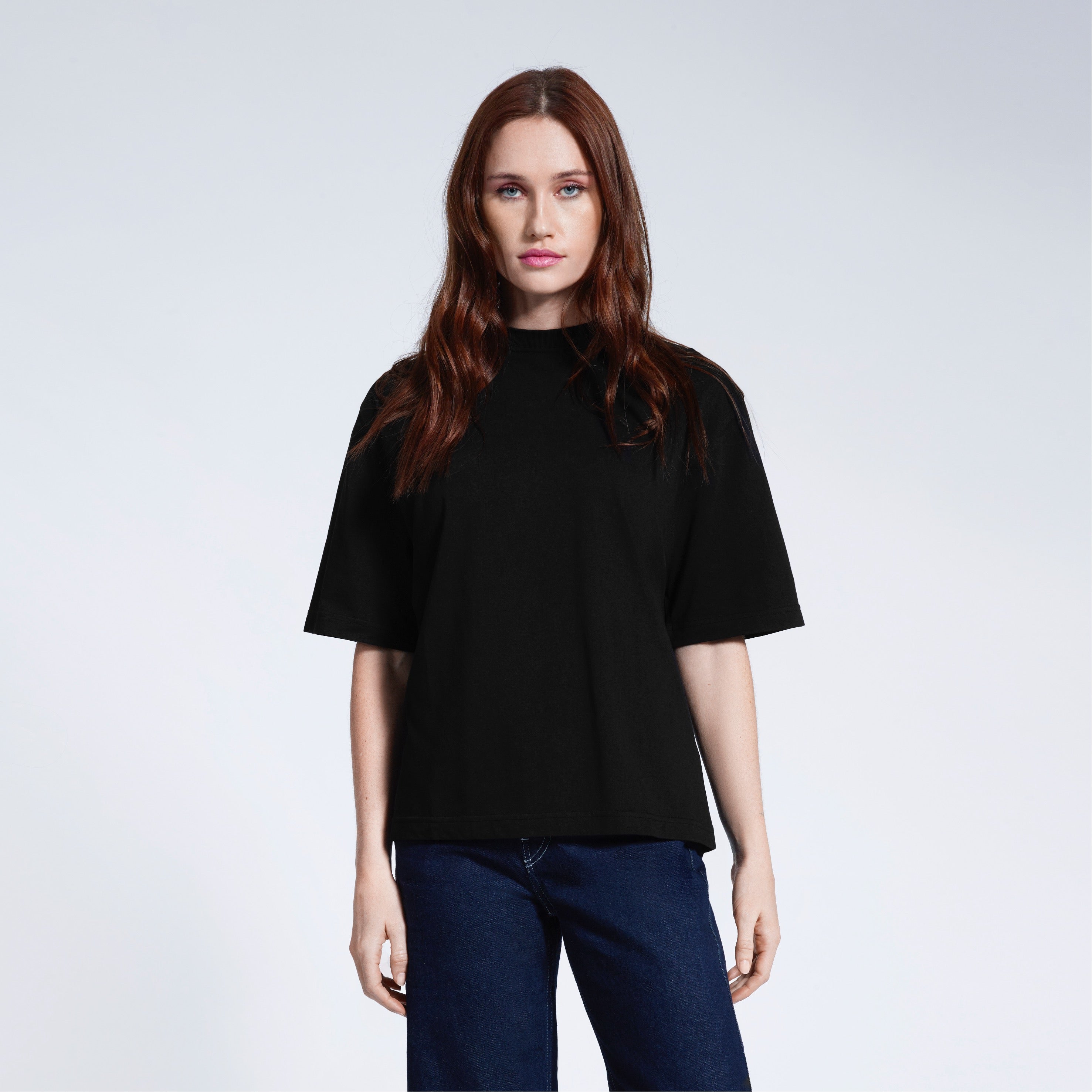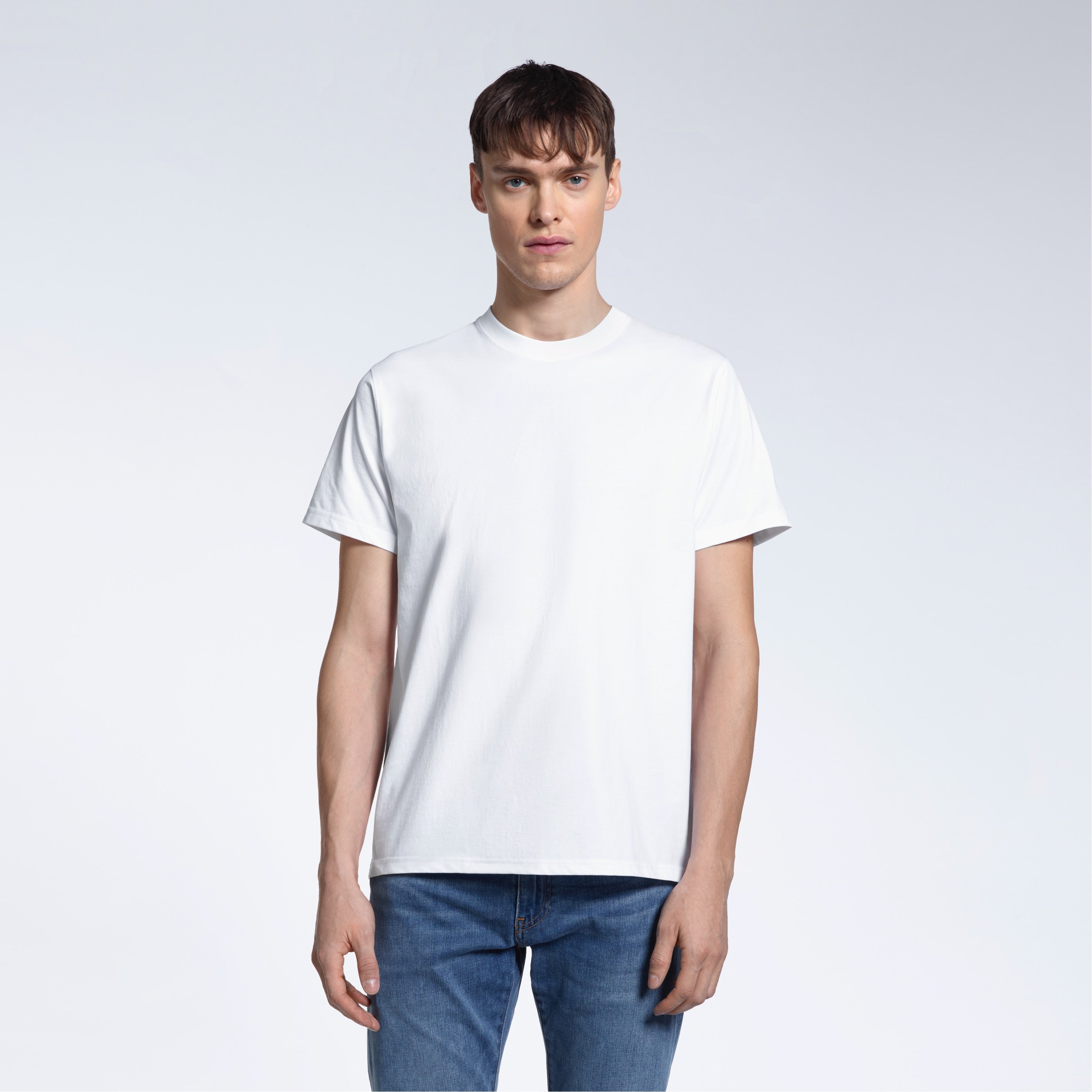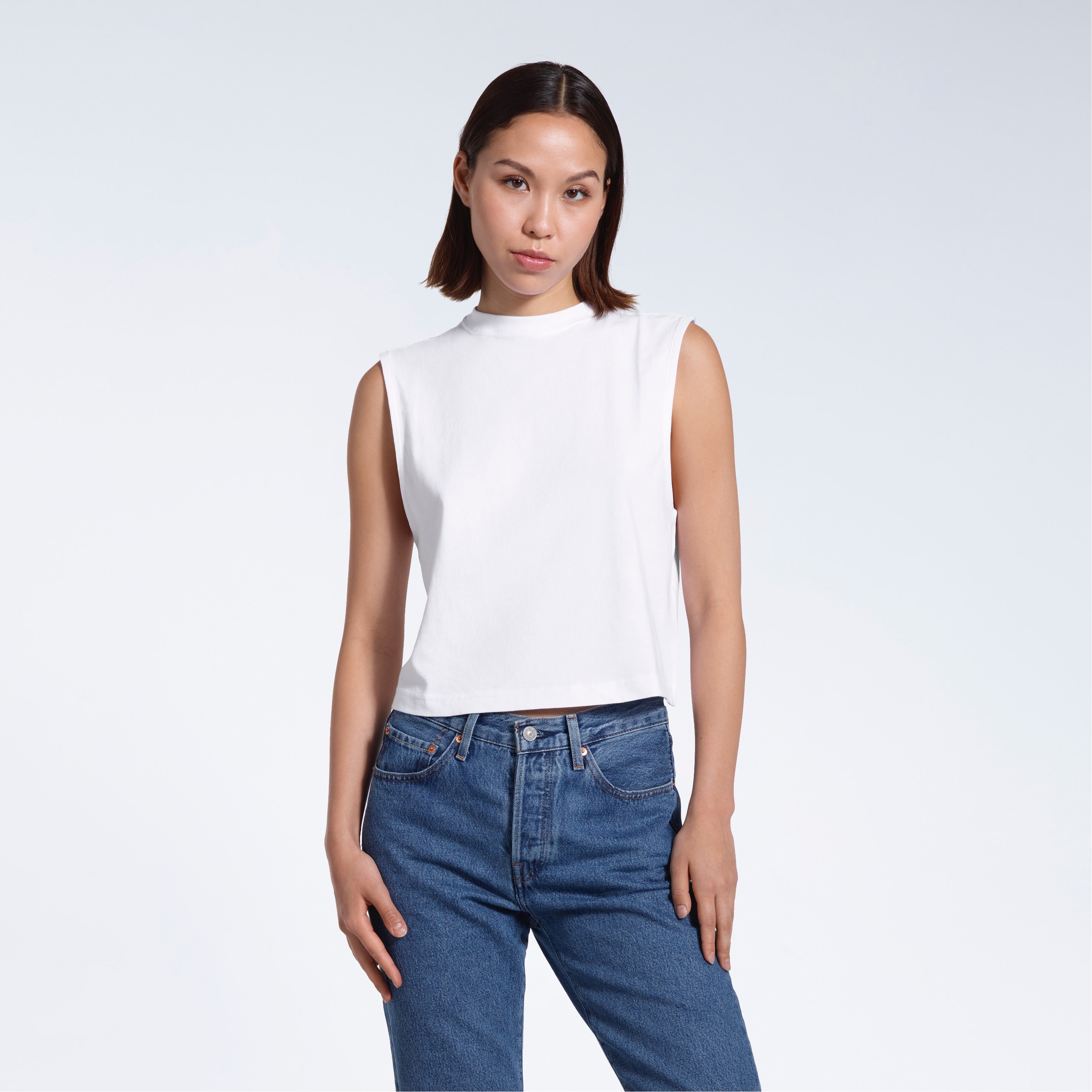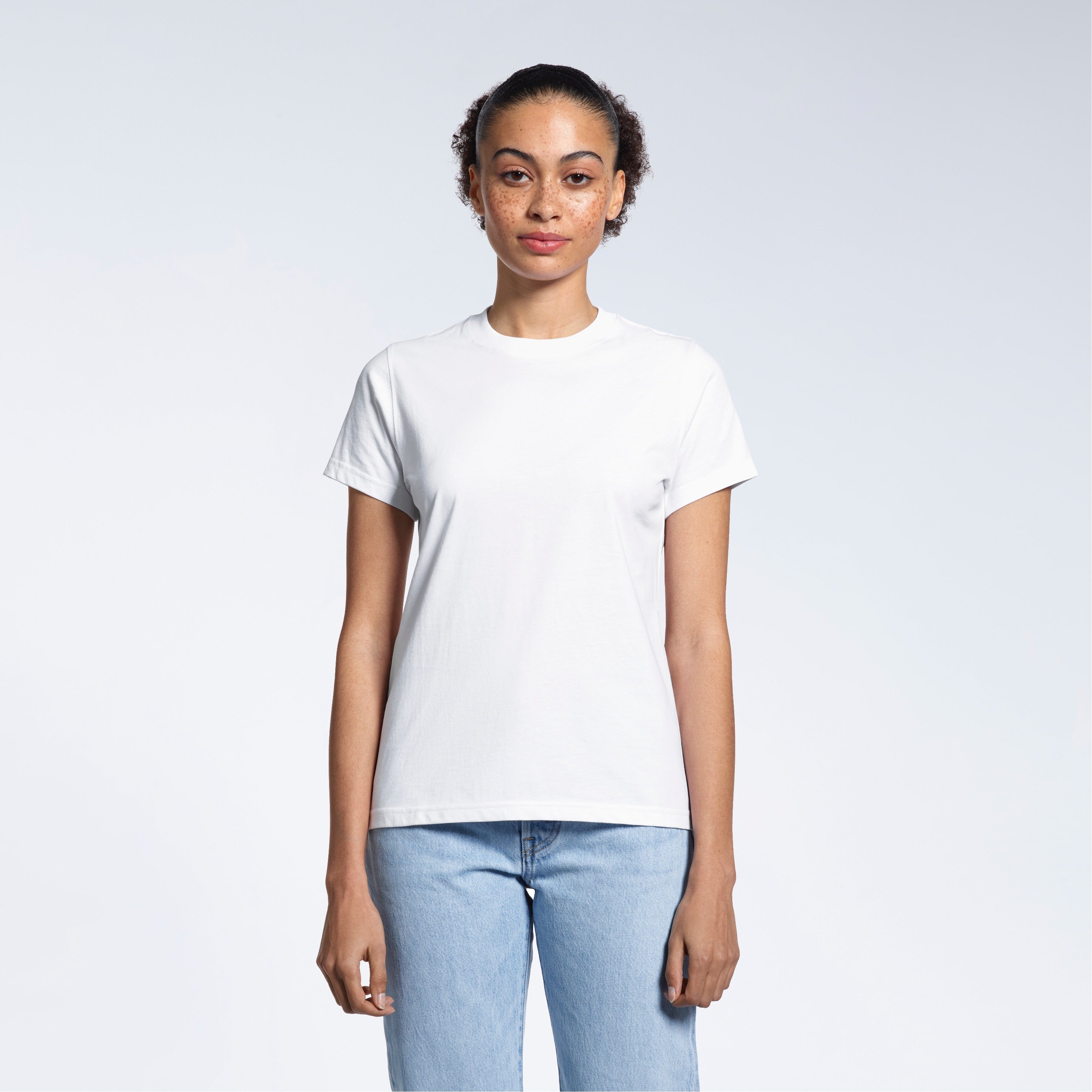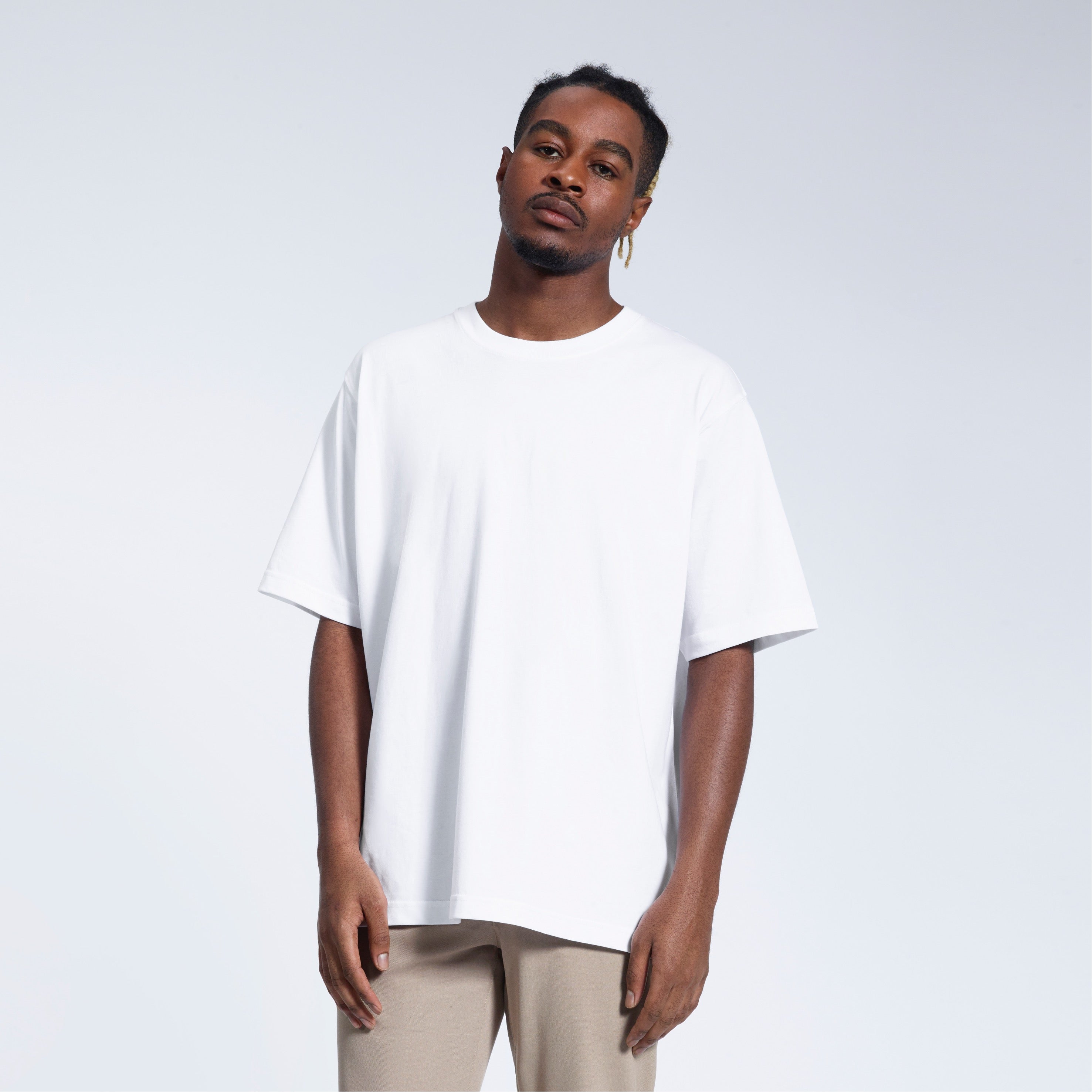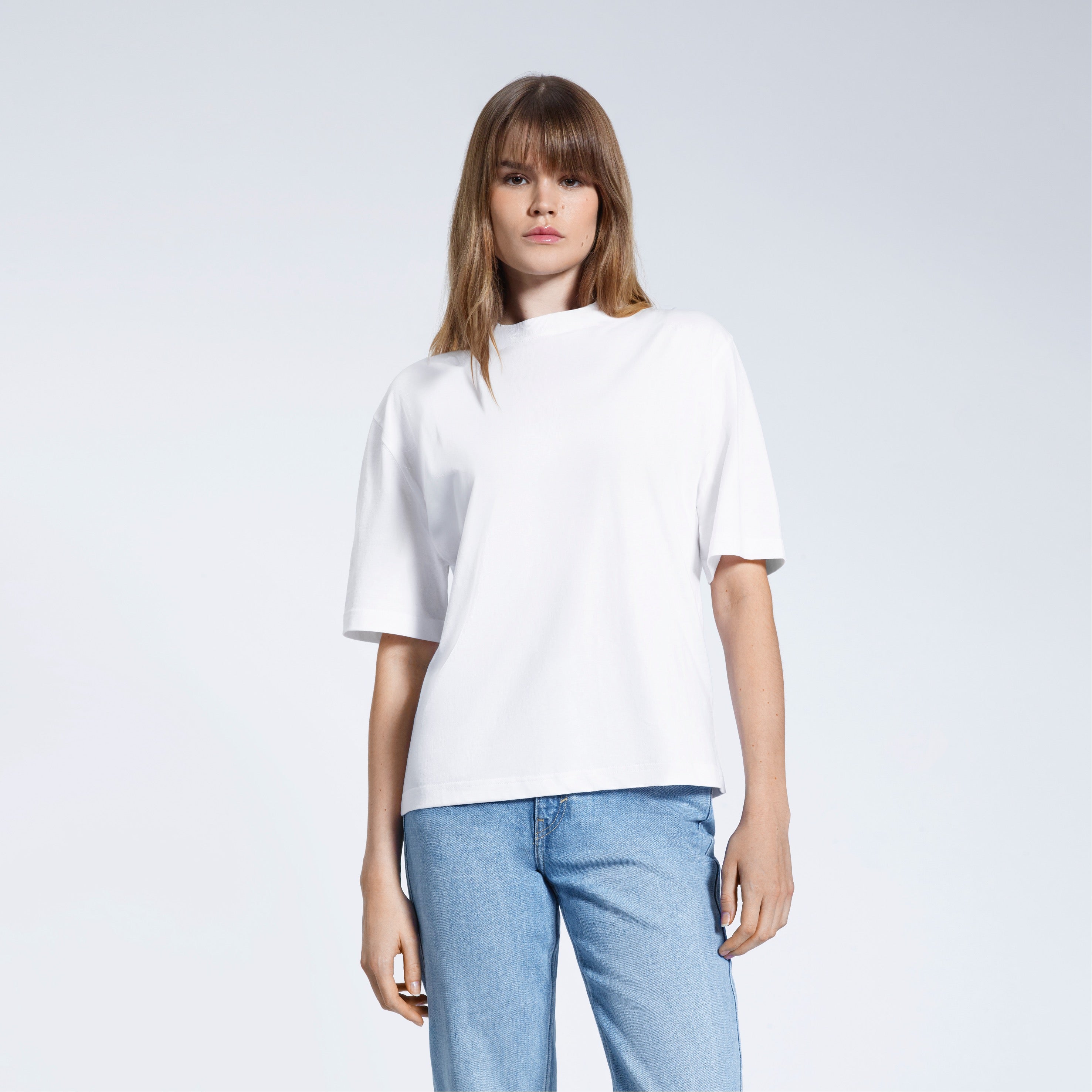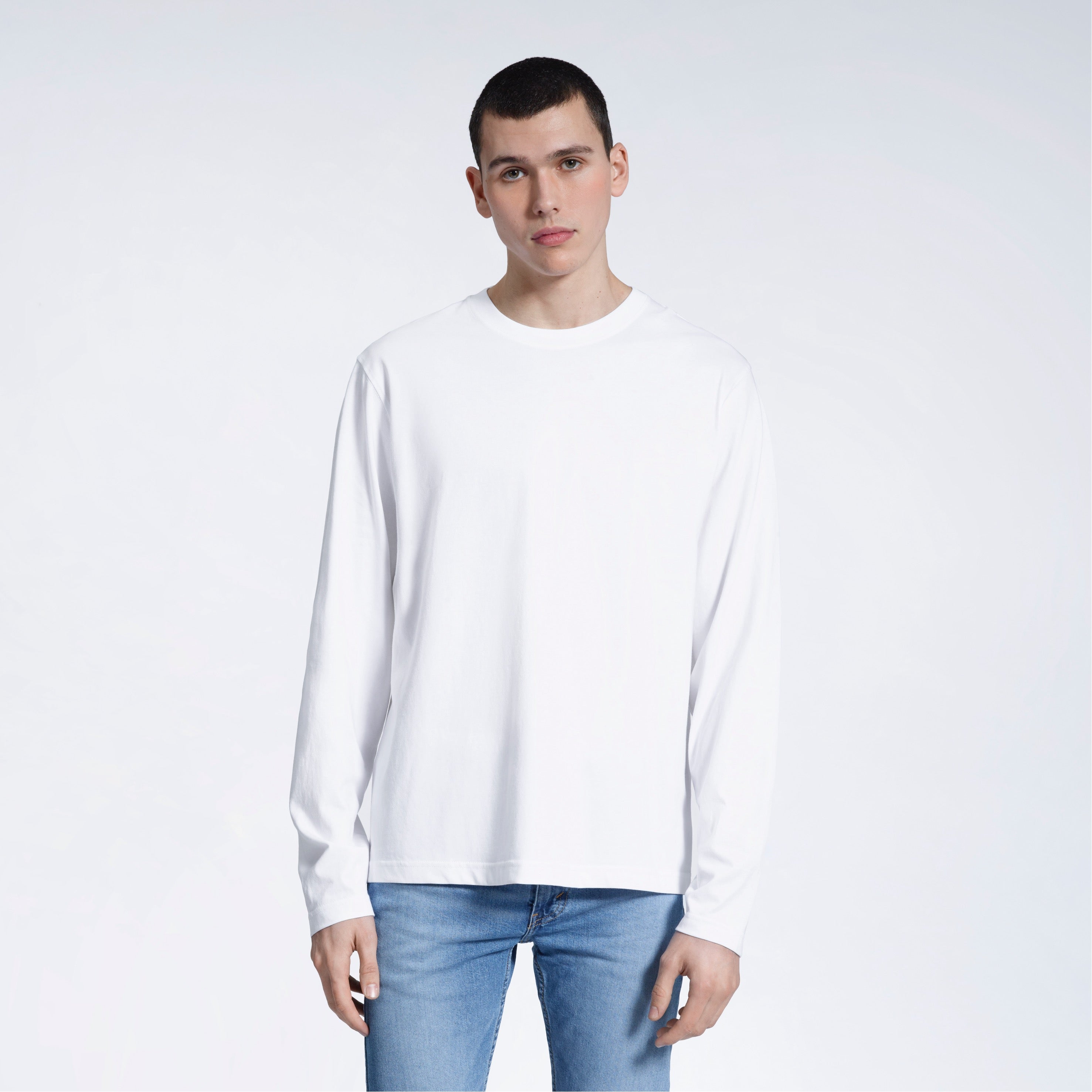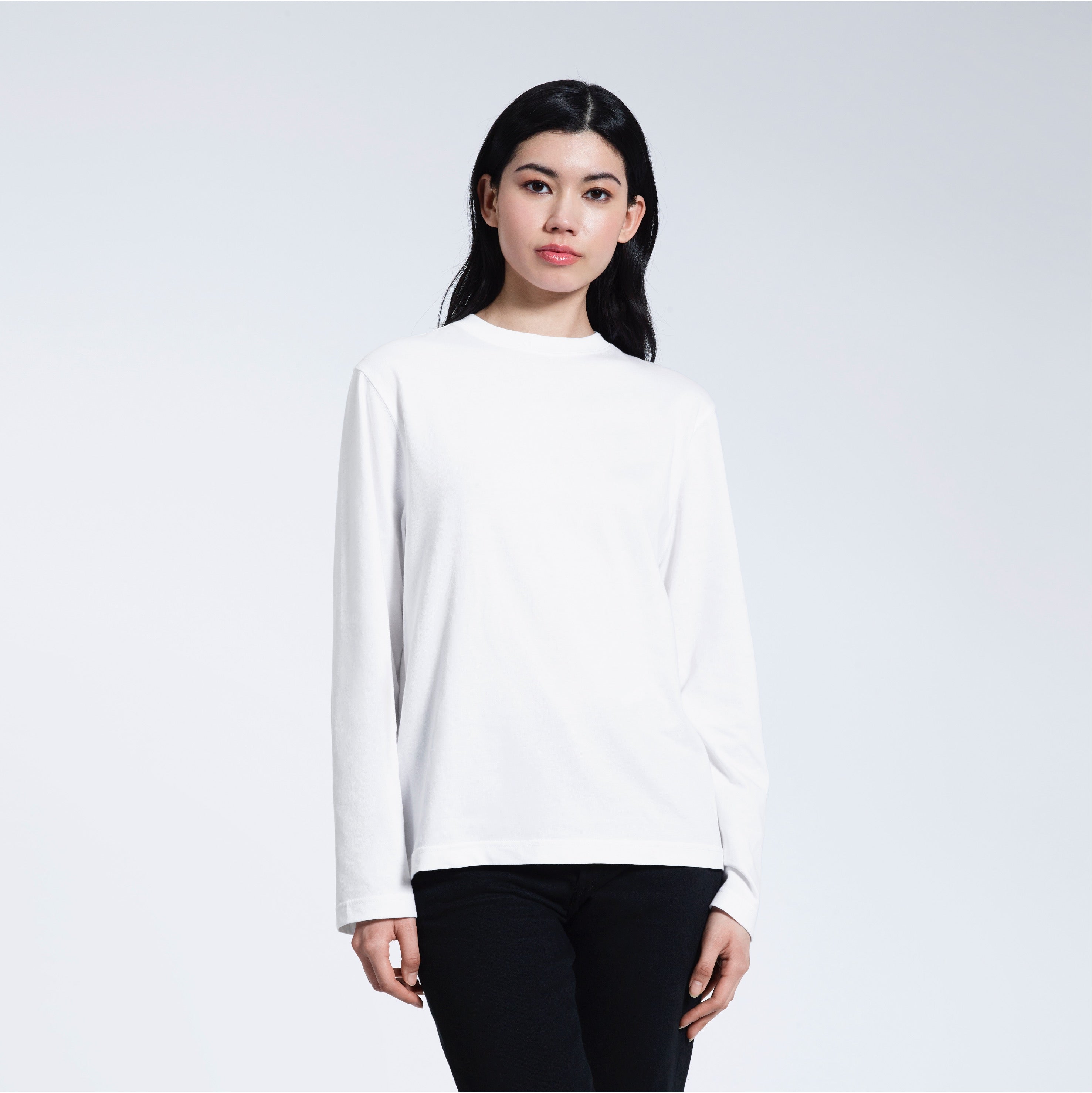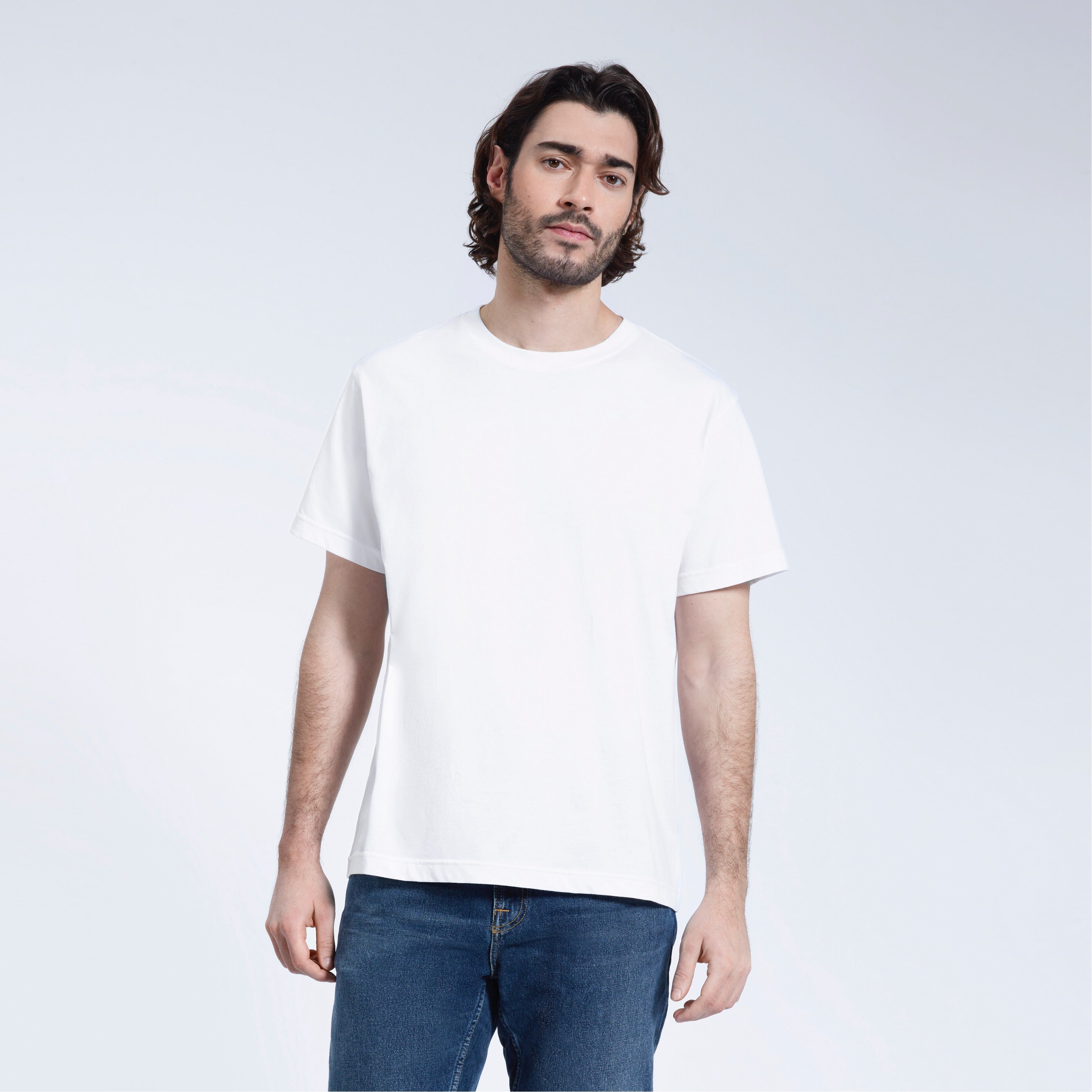
Fast Fashion vs. Sustainable Fashion: What’s the Real Cost?
Fashion trends come and go with rapid speed in today’s fast-paced society. The need to keep up with the latest look has never been greater, from TikTok hauls to overnight fashion crazes. Yet under the shiny surface of convenience and low cost, there is a narrative of great social, environmental, and ethical costs. Being a sustainable fashion company, we at Plainandsimple think it's time to peel back the layers and investigate the actual price of fast fashion - and why a move towards sustainability is not only fashionable but also crucial.
What is Fast fashion?
Fast fashion is the mass production of inexpensive, fashionable clothes that copy the most recent catwalk looks and reach retailers as fast as possible. Brands such as Zara, Shein, and H&M have created empires by turning around collections in just a few weeks, hence fostering a culture of disposability.
Volume drives the fast fashion business model: high output, low cost, and quick turnover. Its purpose is to make people feel out of fashion fast, so they keep purchasing fresh goods at a breakneck pace. What appears to be a victory for your wallet and closet, however, often has a hidden expense.
Environmental Effect: The Fast Fashion Dirty Footprint
Among the most polluting sectors in the world is fashion. The United Nations Environment Programme estimates that the fashion industry generates around 10% of the world's carbon emissions - more than international aviation and maritime shipping combined.
Fast fashion adds disproportionately to this footprint because of:
-
Overproduction: Every year, up to 100 billion clothes are made, however, almost 85% of them end up in landfills.
-
Water waste: One cotton garment can require 2,700 litres of water - the same amount one person consumes in 2.5 years.
-
Chemical pollution: The second biggest polluter of pure water is textile dyeing; harmful chemicals used in dyeing and processing are frequently discharged into rivers in industrial centres.
Every "bargain" t-shirt depletes natural resources and stresses ecosystems.
Human Cost: Exploitation in the Name of Fashion
The people behind fast fashion clothes are often women and children in poor nations. They suffer gruelling hours, dangerous working conditions, and salaries much below a living standard.
The 2013 Rana Plaza disaster in Bangladesh, which resulted in the collapse of a garment factory and the deaths of over 1,100 people, served as a wake-up call for the fashion sector. But over ten years later, labour exploitation is still widespread. Ethical labour practices are sometimes ignored in the haste to manufacture inexpensive, fast apparel.
Fashion should never come at the expense of human dignity, in our opinion. Sustainable fashion gives respect for those who create our garments, safe workplaces, and fair pay a priority.
The Issue with "Wear Once" Culture
Fast fashion promotes a society of overconsumption. Trend cycles and social media influencers push the notion that wearing the same clothes more than once isn’t cool. The average consumer now purchases 60% more clothing than they did 15 years ago, and tends to keep each item for half as long.
Mountains of textile rubbish are produced by this "wear once" mentality. Often lacking durability, clothing produced hastily and cheaply promotes a throwaway attitude. In landfills, synthetic fabrics like polyester can take up to 200 years to decompose, releasing microplastics into the environment in the process.
What is Sustainable Fashion?
Sustainable fashion counters this negative loop. At its core, it's about making clothes in ways that consider the earth, people, and long-term effects. This means:
-
Using eco-friendly products that help to lower the environmental impact, like recycled textiles, Tencel, hemp, and organic cotton.
-
Using ethical manufacturing, being transparent about the supply chain, ensuring safe working conditions, and fair pay.
-
Designing clothes that are intended to last, both in quality and style.
-
Promoting reuse, repair, recycling, and resale to prolong garment life under a circular economy.
From material selection to the very last stitch, every item at Plainandsimple is carefully created with sustainability in mind. Our goal is to make clothes that look as wonderful as they feel and to eliminate waste.
Why Sustainable Fashion Isn’t "Too Expensive"
Many people believe sustainable fashion costs too much. Fast fashion, however, promotes more regular purchasing. Though if it falls apart after just a few washes or goes out of style in a week, that £10 shirt might not seem like so much of a bargain anymore; you will eventually spend more.
Sustainable fashion encourages us to choose quality over quantity. A well-made piece of clothing that lasts years is more cost-effective and far better for the planet than a drawer full of cheaply manufactured clothes that don’t survive a season.
Moreover, the price tag does not reflect the actual cost of inexpensive clothes. Conscious buying means paying for long-term value, fair labour, and environmental responsibility.
How to Make the Shift
This doesn't call for an immediate overhaul of your entire wardrobe. Small, deliberate decisions over time can accumulate to significant change. To begin, consider this:
-
Spend less, pick wisely. Concentrate on durable, high-quality items that fit your taste.
-
Support ethical companies: Look for material, labour practices, and sourcing transparency.
-
Embrace second-hand: Second-hand purchasing, swapping, and renting clothes are great ways to lower the need for new manufacturing.
-
Take care of your clothes: When feasible, air dry; wash less frequently; fix rather than replace.
-
Learn: Be aware of the brands you support and how your purchases impact the world.
Why It Matters Now More Than Ever
Urgent action is needed given the current climate crisis, growing inequality, and limited resources. Creating a fair and sustainable society depends much on the fashion industry. Our decisions as consumers convey strong messages to brands and governments.
Here at Plainandsimple, we see a future where fashion is a force for good. We urge you to start choosing timeless, planet-friendly clothing that honours the people who make it. Develop your style and don’t just follow popular trends mindlessly.
The real cost of fashion should never be measured in suffering or pollution.
